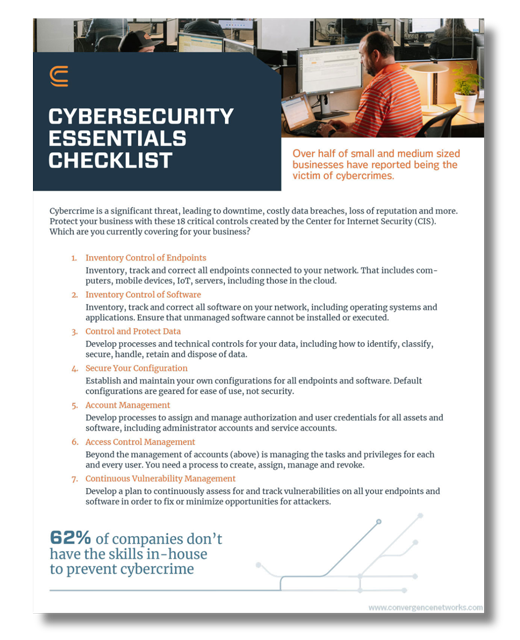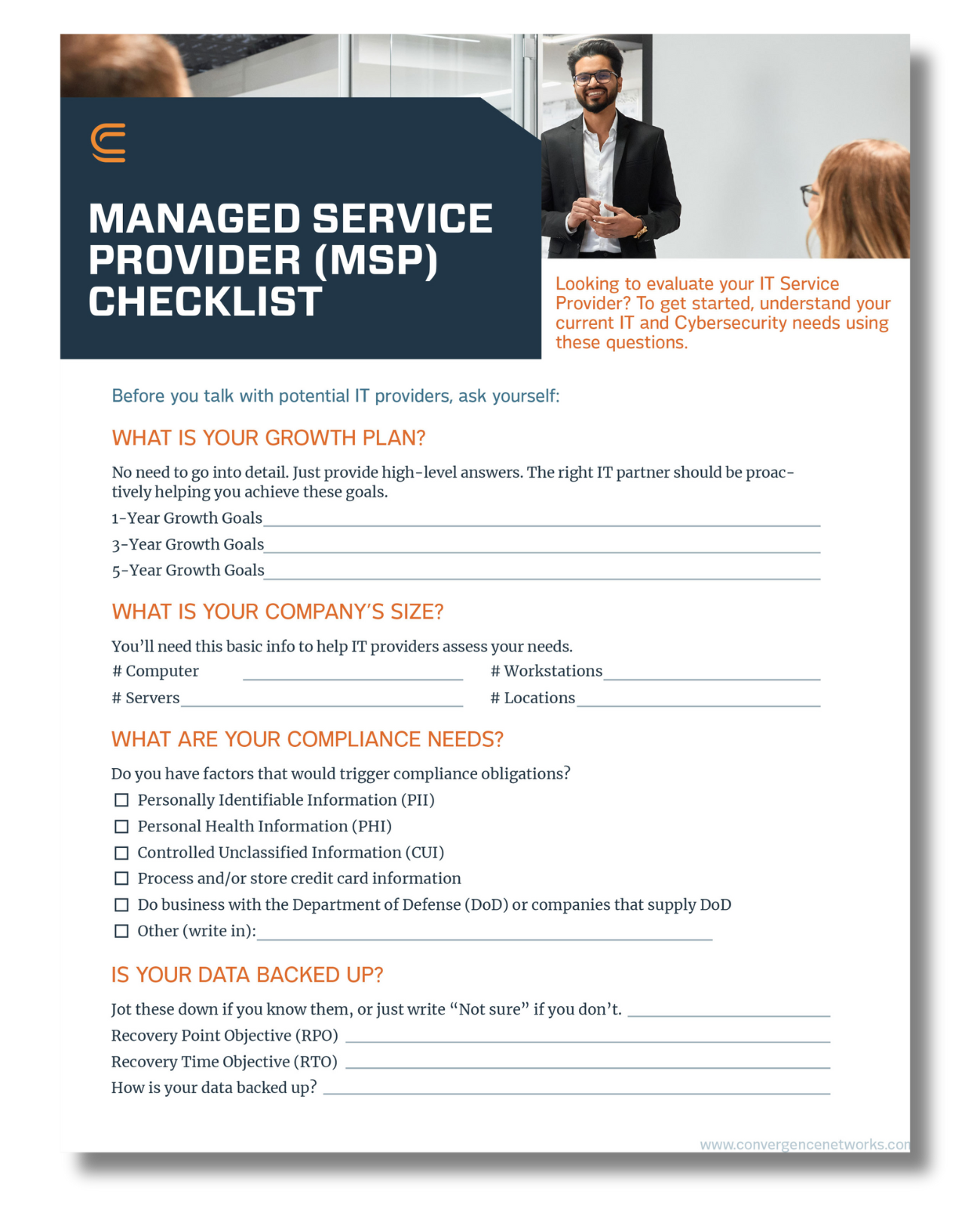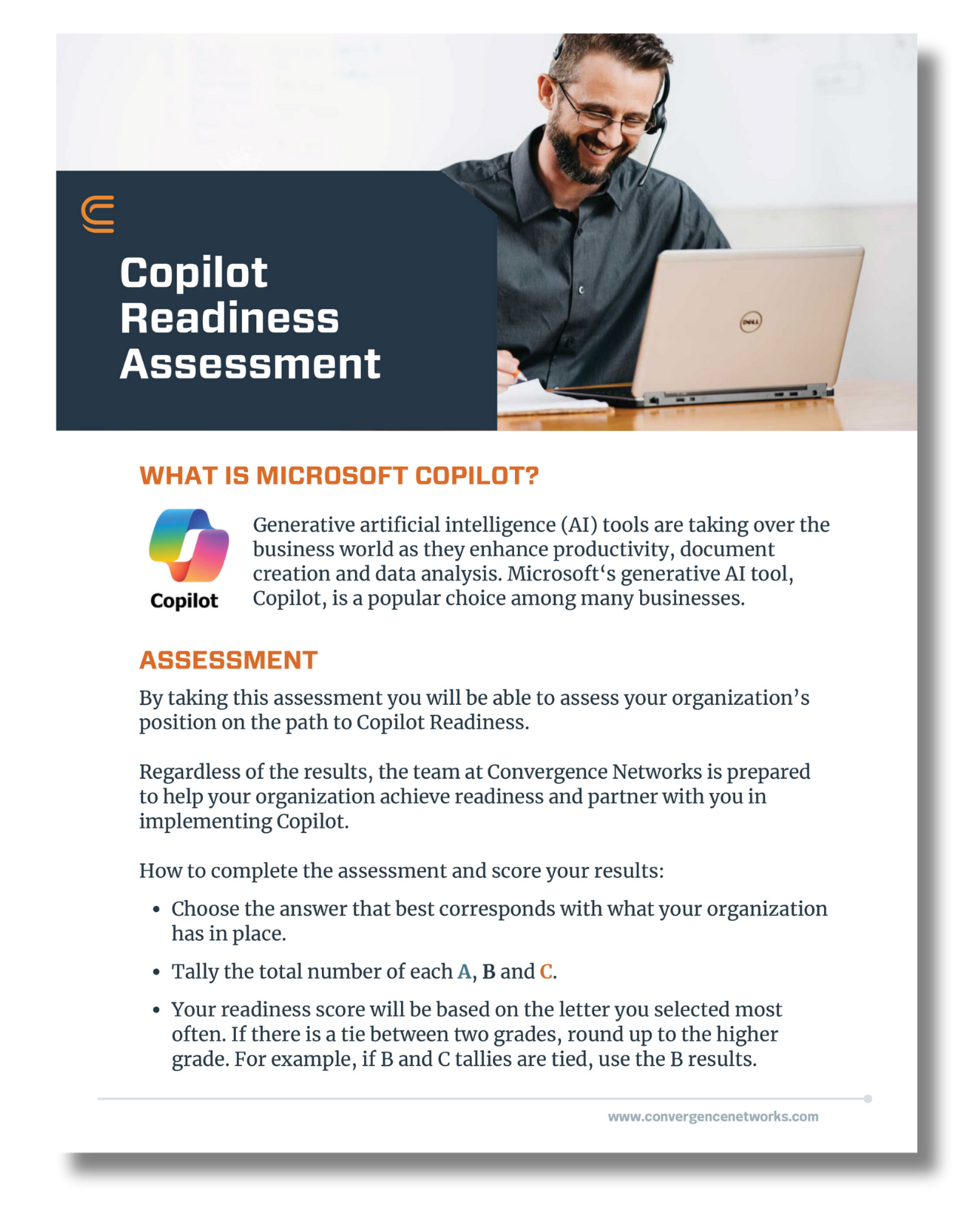As AI continues to advance rapidly, Microsoft’s Copilot proves to be an invaluable asset for organizations. However, like any AI tool, Copilot’s effectiveness depends on how well you use it. Crafting precise and specific prompts is essential to getting the most out of Copilot. Here are some effective prompting tips to get the best response!
- Understand the Importance of Clear Prompts
When working with Copilot, clarity is Crucial. Clear and well-defined prompts guide the AI to generate a more accurate and relevant response. If the instructions are too vague, Copilot is more likely to misinterpret the information and hence generate less accurate results. For example, rather than asking Copilot to “write something about dogs,” you can say, “Write a 500-word article on the benefits of owning a Labrador Retriever, focusing on their temperament and exercise needs.” This level of specificity provides Copilot with a clear direction.
- Provide Context for Better Responses
Giving Context in your prompts is one of the most effective methods to optimize Copilot’s performance. This means providing Copilot with contextual data that will help it generate more relevant and accurate results. For example, let’s say you want Copilot to write an email for you. Adding information such as the role of the receiver, the goal of the email, and the preferred tone will greatly improve the result. For instance, “Draft a professional yet friendly email to the head of marketing about the Q4 campaign strategy.”
- Use Correct Grammar and Punctuation
While it may be obvious, writing clearly with correct punctuation, capitalization, and grammar is essential. By doing this, you can be sure that Copilot will understand your instructions and produce outputs that are more accurate and cohesive. Remember that Copilot is a language model with extensive dataset training, and that it performs best when given prompts that are like the accepted writing conventions.
- Keep the Tone Conversational
When giving your prompts, a conversational tone can help Copilot produce accurate and relevant responses. For instance, instead of issuing commands, try phrasing prompts as requests or questions. This subtle shift can help Copilot better understand the nuances of human language and provide responses that feel more personalized.
- Offer Examples to Guide Copilot
Examples are powerful tools for guiding Copilot’s responses. By including specific keywords or phrases in your prompts, you can influence the style and content of the output. For instance, if you’re writing a blog post and you want a particular paragraph to match a specific tone or style, provide an example paragraph. This helps Copilot understand the desired output more precisely.
- Request Feedback to Fine-Tune Responses
A unique feature of Copilot is the ability to learn from your feedback. If the response you get does not meet the need, ask for changes or more explanation. Through this iterative process, Copilot is better able to comprehend your preferences and improves over time at responding. For example, “The introduction feels too formal. Can you make it more engaging?”
- Avoid Vague or Conflicting Instructions
While giving prompts to Copilot, one common mistake is using vague language or giving conflicting instructions. This can lead to confusion and low-quality responses. Make sure your prompts are direct and focused on a single task or question at a time. If you need to cover multiple topics, it’s best to create separate prompts for each.
- Maintain Professionalism and Respect
Maintaining a professional and respectful tone is not just polite; it also helps foster a productive working environment with Copilot. Avoid using slang, jargon, or inappropriate language, as this might skew the AI’s responses or reduce their quality.
- Check for Accuracy and Relevance
Copilot is an advanced tool but it’s not perfect. Always, review its answers for accuracy, grammar, and relevance. Sometimes, even the best AI tools can produce or misinterpret material that doesn’t exactly fit the setting. At Convergence Networks, we emphasize the importance of accuracy and security, especially when it involves sensitive information.
In summary, maximizing Copilot efficiency is about crafting prompts that are clear, specific, and well-contextualized. By following these tips, you can significantly improve the quality of the responses you receive and thus make Copilot an even more valuable tool in your arsenal. Whether you’re writing an email, code, or simply asking Copilot to summarize a meeting, the power of your prompts directly influences the results.
At Convergence Networks, we excel in providing managed IT services and IT support with a strong emphasis on cybersecurity. Our team of experienced professionals offers tailored solutions designed to increase efficiency within your team and minimize tech issues making your employees digitally safer, more efficient, and less frustrated with technology.
Frequently Asked Questions
How can I improve the accuracy of Copilot’s responses?
Providing detailed and specific prompts, using correct grammar, and giving contextual information can improve the accuracy of Copilot’s responses.
What should I avoid when writing prompts for Copilot?
Avoid using vague language, slang, jargon, or conflicting instructions. This can confuse the AI and lead to less effective responses.
Can I provide examples in my prompts?
Yes, providing examples can guide Copilot’s responses to match the desired style and content more closely.
Why is it important to review Copilot’s responses?
Reviewing responses ensures accuracy, relevance, and adherence to your requirements, which is essential since AI is not infallible.
How does feedback help Copilot?
Feedback helps Copilot learn and adapt to your preferences, leading to more personalized and accurate outputs over time.
Is it necessary to maintain a professional tone with Copilot?
Yes, maintaining a professional tone helps ensure the responses are appropriate and aligned with your requirements.














